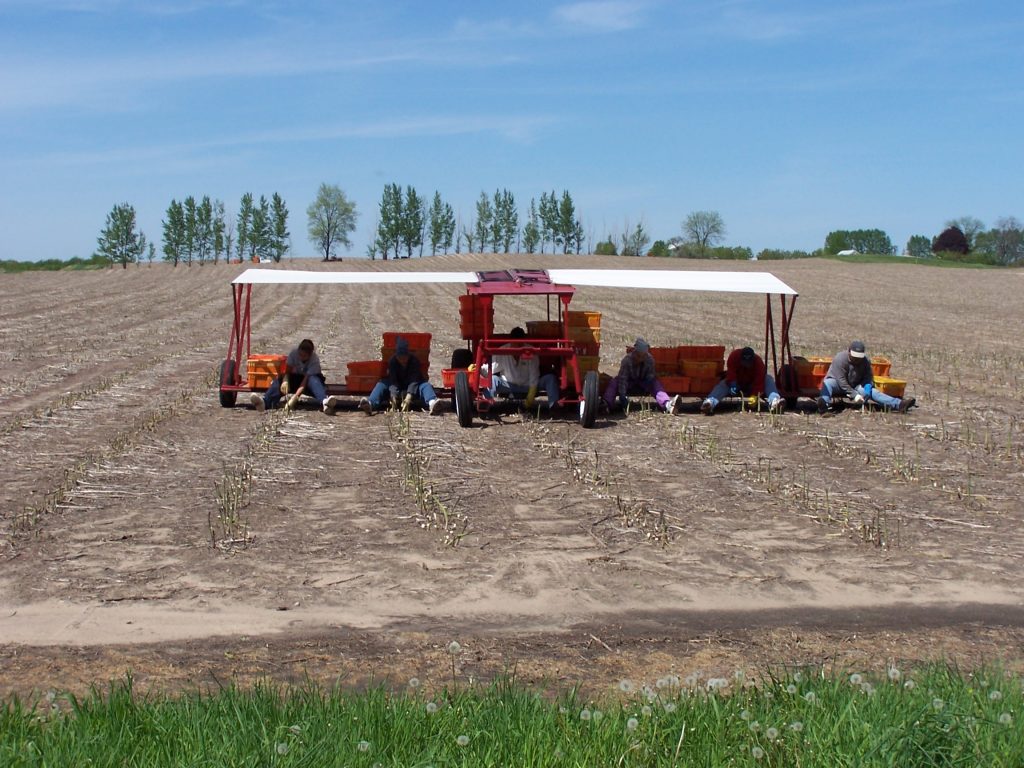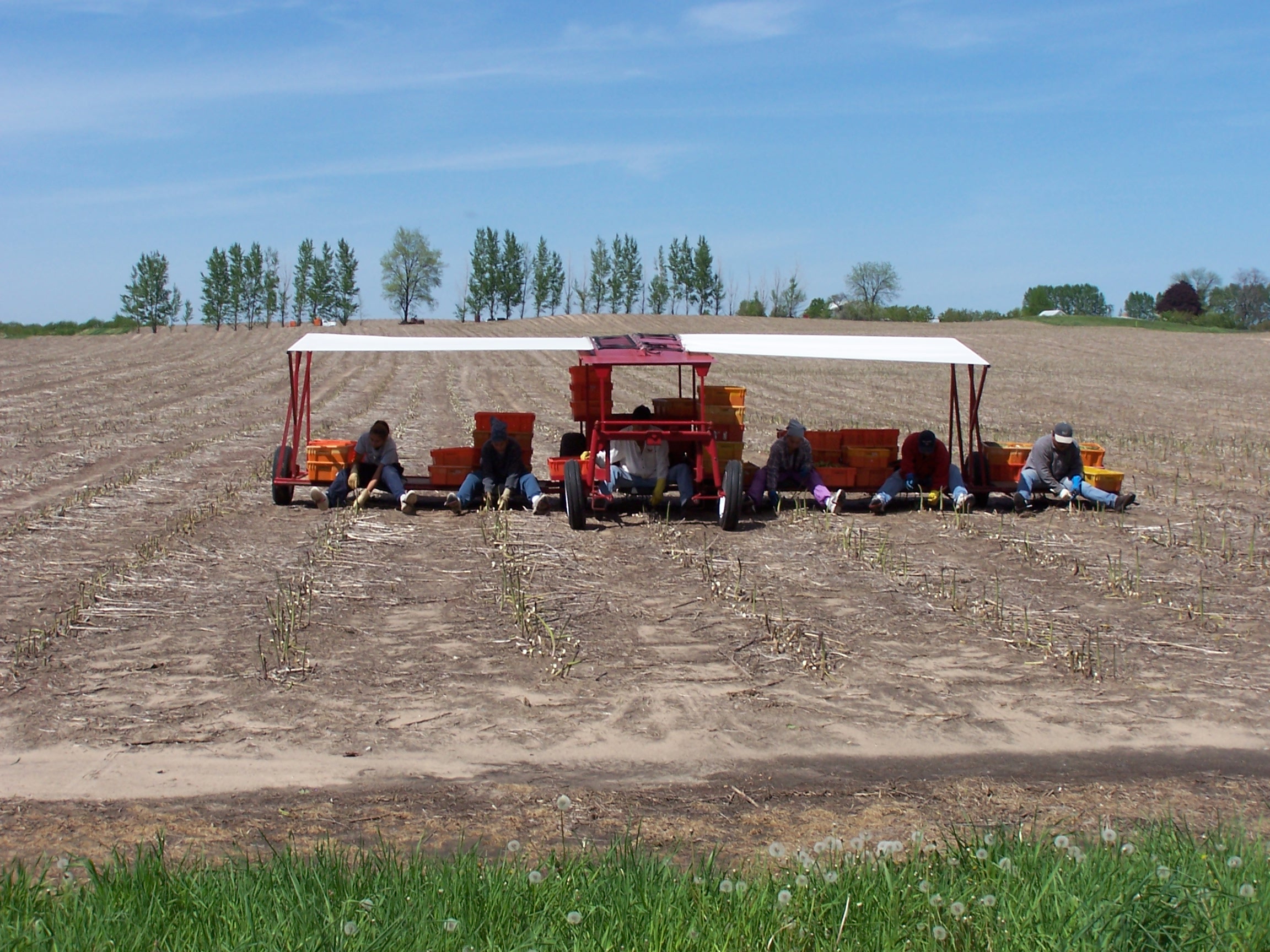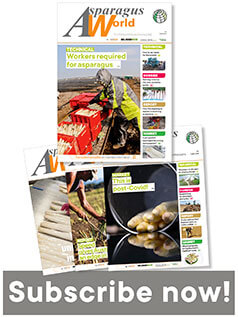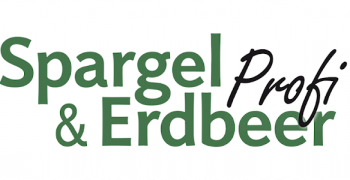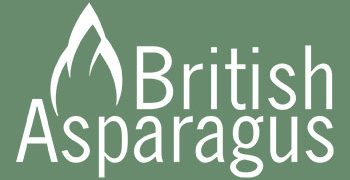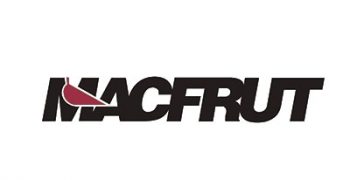US asparagus faces increasing competition from Mexico
Increasing competition from foreign asparagus has strongly impacted US acreage. USDA data shows that in 2019, the area planted in the country totalled 21,900 acres, which produced 75.3 million pounds, down from 2017 levels of 27,600 acres and 84.1 million pounds, respectively. The main area affected, especially by the increasing entry of Mexican asparagus, is California, whose cultivation in 2007 covered 20,000 acres, reaching a harvest volume of 58 million pounds. By 2019, growing area was down to 5,300 acres and output was only 18.2 million pounds. The state of Michigan was the country’s leading asparagus producer in 2019, with 10,000 acres and 28.2 million pounds, followed by the state of Washington, with 4,500 acres and 22.5 million pounds of asparagus harvested.
Altar Produce

develops East Coast to increase US presence
Altar Produce has 3 offices in the US: a central office in the city of Calexico, one in San Diego, and a newly opened one in Miami, from where it is developing its penetration strategy along the East Coast. Christopher Ramirez, president of Altar Produce, said, “It is a challenge to change the mentality on the East Coast, which is dominated by Peruvian asparagus, but we believe that we are doing a good job with the supermarkets who appreciate Mexico’s year-round stable offer and supreme quality. Another great advantage we have in Mexico is the freshness that we can deliver for our US customers, being just on the other side of the border. Peruvian asparagus faces several challenges: old fields, logistical problems with maritime transit times of up to 2 weeks, and the fact that it has to be fumigated.” Every year, Mexico is supplying fresh product in ever greater volumes. The US represents 60% of the volume sold by the company, which records annual production increases of 20-25%. “There are certain periods of the year when Mexico has a high volume of asparagus. That is why we have to sell to the entire US, rather than only to the West Coast.” As of this year, the firm will begin offering organic asparagus – the result of an initial project of 500 hectares. Moreover, Altar is testing biodegradable materials for packaging. “We have to be up to date with viable technologies,” said Ramírez.
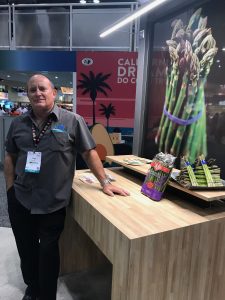
JMB Asparagus
invests in acres and new packaging in California
Jacobs Malcom & Burtt started out as a wholesale fruit operator, and when Leo Ronlandelli purchased the company in the 1960s, it pioneered the shipping of fresh asparagus to the East Coast and the Pacific Rim. “We have taken a seasonal commodity and made it a year-round available product with our own production and importing primarily from Mexico,” said Dan Miller, worldwide production & grower relations manager. “We are one of the last shippers of asparagus from California, where JMB represents 30% of the asparagus acreage. We also ship from Canada and South America, managing on a yearly basis over 8 million pounds.” Last year, JMB’s California growers have invested in more than 150 new acres of asparagus, and more than US$1 million of automated packing equipment to reduce costs. Overall, the company and its suppliers have invested more than US$4 million to improve its packing facilities and food safety operations in California and Mexico. Regarding new demand trends, Miller explained that “purple asparagus has become a specialty variety, especially among gourmet chefs, but the green asparagus still leads the category.”
Michigan asparagus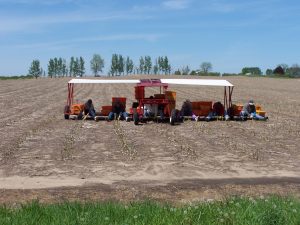
an industry focused on value-added products
Michigan State has over 100 firms involved in commercial asparagus production on 9,500 acres. For years, its production has been stable, between 20.5 and 22.5 million pounds, ranking, together with Washington State, as the largest or second largest producer in the country, depending on the year. The most significant thing about Michigan production is that it still has a very viable processing market. Last year, 30% was either canned or frozen, while the remaining 70% was sold in the fresh market. This year’s harvest season will start in May, with similar volumes to 2019 expected. “Our focus is on value-added products. Instead of just sending asparagus in the traditional 5-kilo boxes, we will offer something like a microwavable bag, or focus on larger-sized spears, which are better for grilling and roasting,” said John Bakker, executive director of the Michigan Asparagus Advisory Board. Michigan growers are always looking for new and better varieties. “The majority of the industry has planted a variety using our materials called Millennium, and now we are starting to see a new variety from the same breeding programme called Guelph Eclipse. We have started to plant the Dutch variety called Spartacus, a New Zealand variety called Pacific Challenger 2, and we are carefully monitoring a couple of new varieties from the LimGroup programme,” said Bakker.







